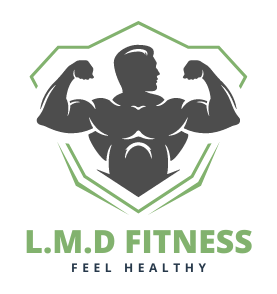
In the ever-evolving world of activewear, the demand for hypoallergenic materials in fitness apparel has surged, driven by a growing awareness of skin sensitivities and the pursuit of uncompromised comfort. For fitness enthusiasts, the right gear isn’t just about style or sweat-wicking prowess—it’s about fostering a symbiotic relationship between fabric and physiology.
Understanding Hypoallergenic Textiles: Beyond the Basics
Traditional workout clothing often relies on synthetic fibers like polyester or nylon, which, while durable, can harbor irritants such as chemical dyes, formaldehyde resins, or residual detergents. Hypoallergenic materials in fitness apparel, by contrast, are engineered to minimize these risks. These fabrics undergo rigorous processing to eliminate allergens, employing techniques like Oeko-Tex® certification, which ensures textiles are free from harmful substances.
Key characteristics of these materials include:
- Low irritant potential: Absence of abrasive fibers or toxic finishes.
- Breathability: Enhanced airflow to reduce moisture buildup, a common trigger for dermatitis.
